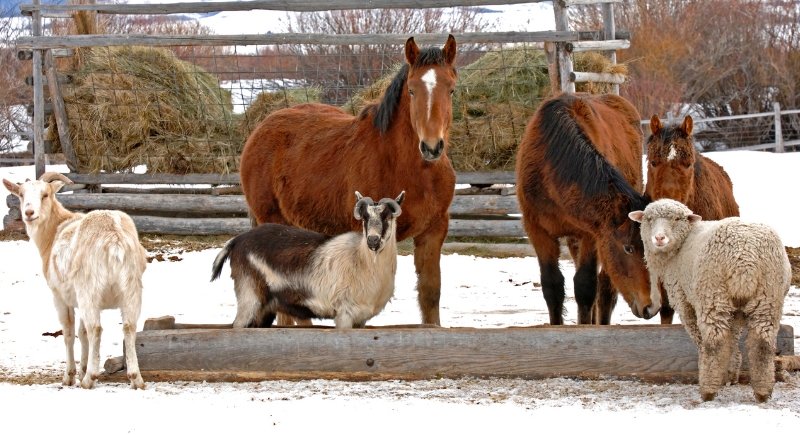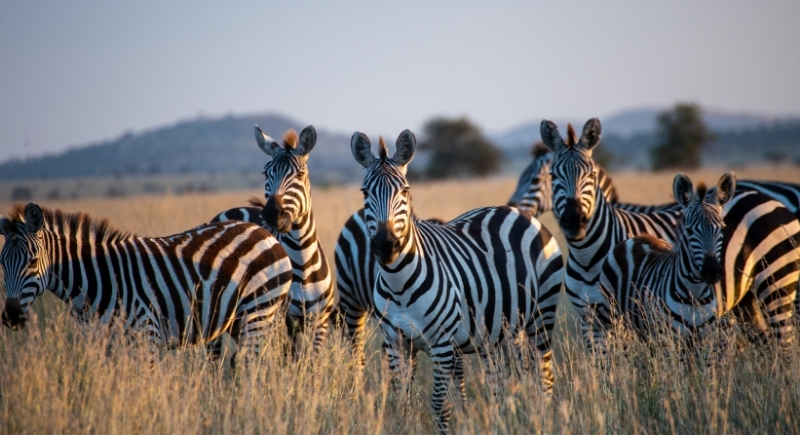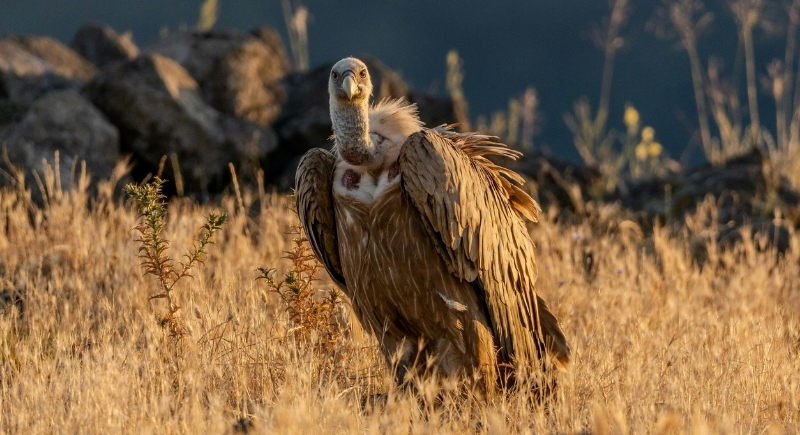Why We Tamed Certain Species and Left Others Wild
Long before farms and cities, people began to look at wild animals in a different way. Hunting had always been part of survival, but now there was a new idea: bringing certain species closer and keeping them near.
Over time, animals were drawn into camps and villages. Their movements were controlled, their behavior shaped, and slowly, some became part of daily life. Yet only a small number of species adapted to this arrangement. Most never did, no matter how promising they looked.
The reasons weren’t about how hard humans tried. They had everything to do with the animals themselves — their biology, their behavior, and the way they lived in groups.
Some Animals Fit Human Life, But Others Didn’t

Image via Getty Images/cgbaldauf
The earliest domesticated animals shared a few traits that made them compatible with human needs. First, they matured quickly. For example, goats, pigs, and chickens reached reproductive age fast, so people could raise many within a few years. Long development cycles, like those seen in elephants or orangutans, made sustained breeding unrealistic.
Second, their diets had to be easy to support. Several domesticated animals ate plants or leftover human food. On the other hand, carnivores needed significant resources and created more risk. Keeping a meat-eater fed in large numbers would have taken greater effort than most early communities could afford.
Third, they had to tolerate confinement and close contact with other animals. A large number of herd animals already lived that way, and sheep, goats, and cows didn’t need isolation or specific mating conditions.
Social Structure Made Control Possible

Image via pexels/Leif Blessing
Species with clear social hierarchies were easier to manage. If a group of animals followed a dominant leader, humans could step into that role. Dogs, cows, and horses naturally responded to authority, so it wasn’t difficult for humans to insert themselves into that structure.
Other animals didn’t behave that way. Zebras, for example, aren’t naturally submissive. They don’t follow one alpha, and they react aggressively under stress. Despite many attempts, they were never successfully tamed. Their group dynamics made human control nearly impossible, even though they share a lot of traits with horses.
Captive Breeding Was a Key Requirement
No matter how useful an animal seemed, it couldn’t be trained to survive with humans unless it could breed in controlled settings. One such example is that of cheetahs, which were admired and even trained in ancient cultures, but they rarely mated in captivity. The same is true for different species of deer and antelope. Without regular, reliable reproduction, there was no way to build a population that humans could depend on.
This issue also explains why elephants, though used in work and warfare, never became domesticated. They reproduced too slowly and often refused to breed in captivity. Various working elephants throughout history were captured in the wild and trained individually.
Wild Species Demanded More Than They Offered

Image via pexels/Denitsa Kireva
Domestication wasn’t just about what animals could do. People also had to consider whether some animals made sense enough to be kept. If a species needed too much food, space, or attention to survive under human care, individuals stopped trying. There were likely a few failed attempts that left no records.
Perhaps experts may have tried taming large cats or unusual birds, but if the animals couldn’t reproduce, follow commands, or adapt to life in captivity, they didn’t stay.